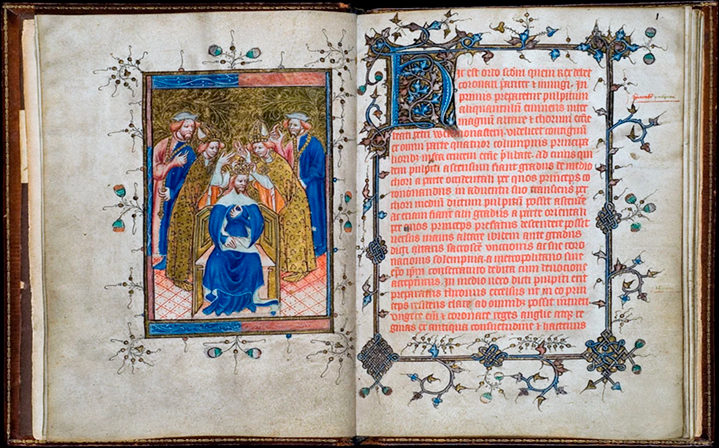Queen Elizabeth II was a person that most of us have never met, and yet we were aware of her life for most of our lives. She exemplified stability, dignity, duty, quiet grandeur, and certainly many more qualities of which I, myself am completely unaware.
The oil with which she was anointed, and with which King Charles III will be anointed is not so quiet in its grandeur, and it carries a long history. In 1559, Elizabeth I was anointed with a coronation oil, which some sources quote her as saying that “it smells ill”. In 1626, for the coronation of Charles I, the Royal Apothecary Nicolas le Myre prepared a new formula. Based on the former, in 1837, for the coronation of Queen Victoria, sperm whale oil was added to the formula, but once again, the queen found it overpowering and sticky. In 1953, for the coronation of Queen Elizabeth II, pandemonium struck when it is discovered that the anointing oil had coagulated and the formulating chemists since gone out of business. Fortunately, a copy of the recipe was found and handed by the Surgeon Apothecary to J D Jamieson of Savory and Moore to make up.
Although the recipe is a secret one, it is widely written that it contains the following ingredients, which would certainly make for a heady perfume. These days, fortunately, we can buy synthetic civet and musk, and even ambergris, so no animals need suffer. You might like to make your own version of the coronation oil for the king or queen in your life, or, if you are a royalist, to join in (at least in a sensory experience) with the coronation of Charles III. I suggest using essential oils of the ingredients:
Coronation Oil: Rose petals, orange blossom (Neroli), jasmine flowers, cinnamon, benzoin, musk, civet, ambergris in a blend of sesame and olive oil. This should ideally be presented in a golden ampulla. The oil is poured into an anointing spoon, and applied to the head, hands and heart.
Image credit:
The Liber Regalis, Westminster Abbey. https://www.westminster-abbey.org/learning/christianity-in-10-objects/the-liber-regalis
Information credit:
https://repository.library.georgetown.edu/bitstream/handle/10822/1054959/Bond_georgetown_0076D_14123.pdf. ( As taken from J. D. Jamieson, “The Anointing of the Queen, Some Notes on the Coronation Oil,” The Pharmaceutical Journal (May 30, 1953): 405)

